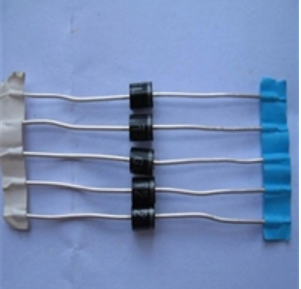Date:2025-07-14 Categories:Product knowledge Hits:354 From:Guangdong Youfeng Microelectronics Co., Ltd
3、 Working mode of BJT
BJTs have three working modes: amplification mode, cutoff mode, and saturation mode.diode
In amplification mode, the emitter junction of BJT is forward biased and the base junction is reverse biased. When an input signal is applied to the base, the current in the base region also changes due to the variation of the input signal. This change will cause a change in the current in the emission area, which in turn will affect the current in the collector area. By amplifying the input signal, the amplification of the output signal is achieved.diode
In cutoff mode, the emitter junction of BJT is reverse biased and the base junction is reverse biased. At this point, regardless of the magnitude of the input signal, the current at the base is very small, which affects the current in the emitter and collector regions, causing the BJT to be in a cutoff state.diode
In saturation mode, the emitter junction of BJT is forward biased and the base junction is forward biased. When an input signal is applied to the base, the current in the base region changes accordingly, resulting in changes in the current in the emitter and collector regions. At this point, the BJT is in a saturated state.diode
4、 Characteristics of BJT
BJTs have many important characteristics, such as amplification factor, input resistance, output resistance, switching speed, etc.
Amplification factor refers to the ratio of input signal to output signal, used to measure the amplification capability of BJT. It can be calculated by measuring the current or voltage of the input and output signals.diode
The input resistance refers to the resistance property that the input signal needs to overcome, which depends on the structure and doping concentration of the BJT. The larger the input resistance, the greater the resistance that the input signal needs to overcome, making it easier for the input signal to pass through the BJT.diode

Previous: Classification, Structure, and Principle of MOSFET